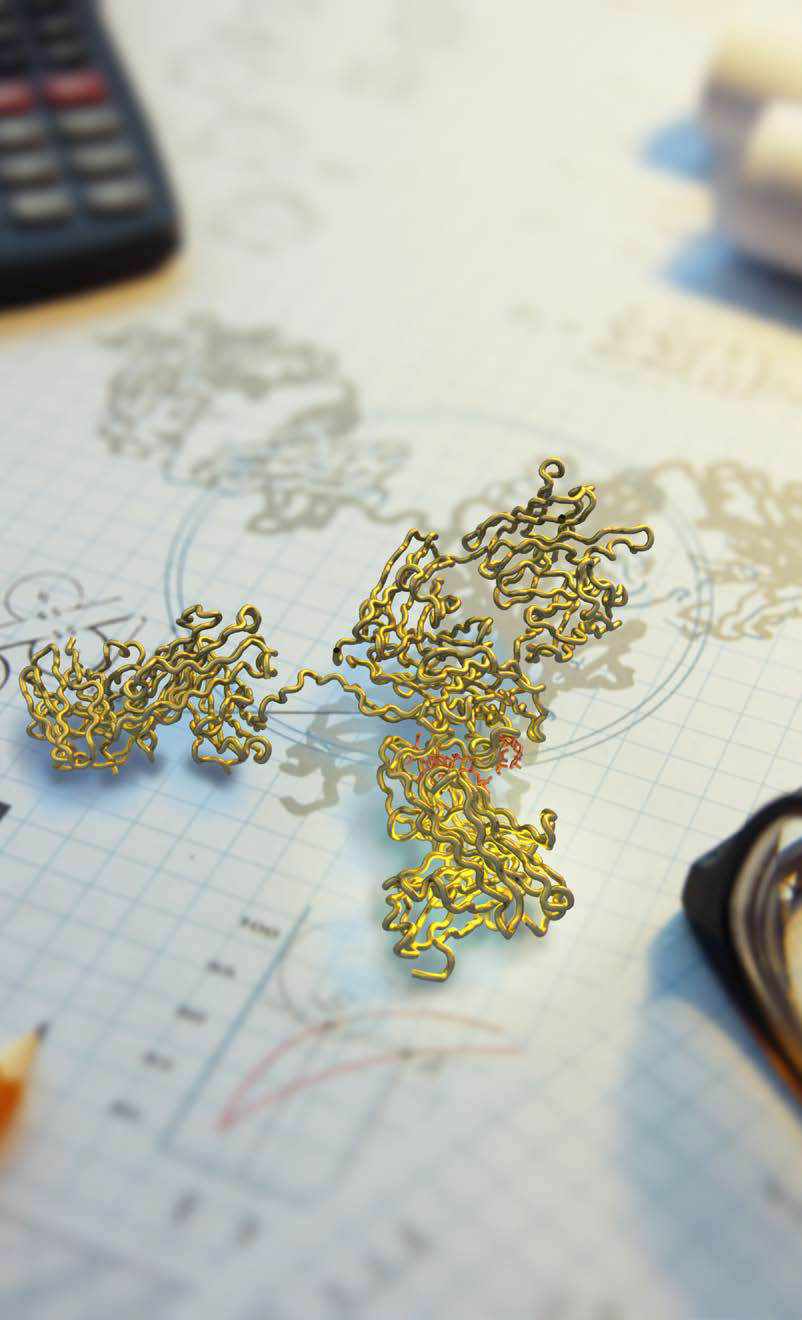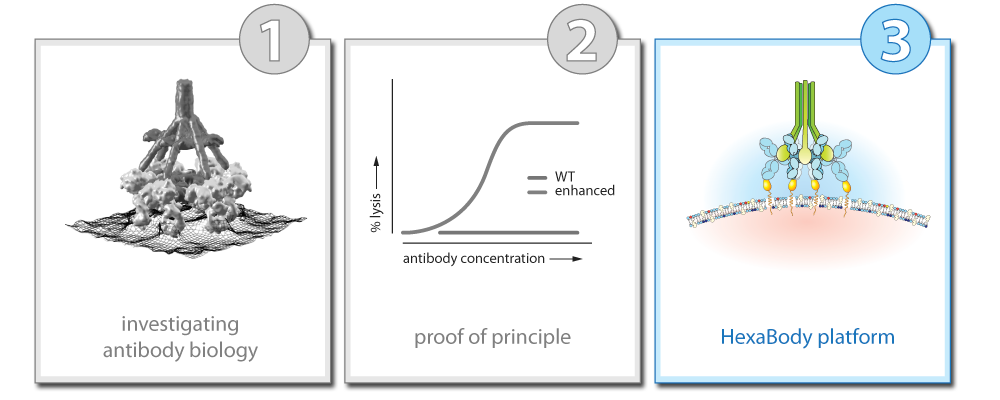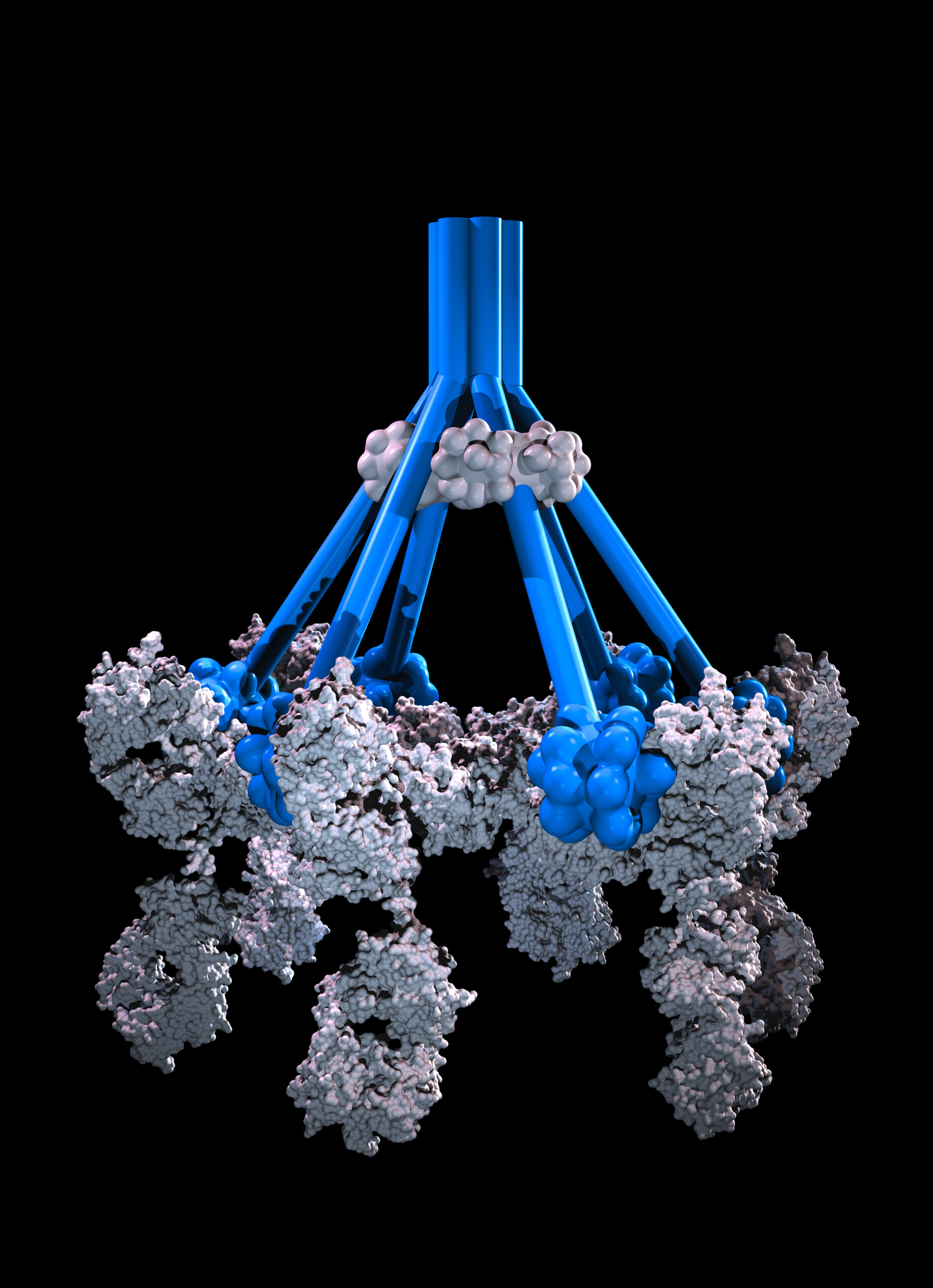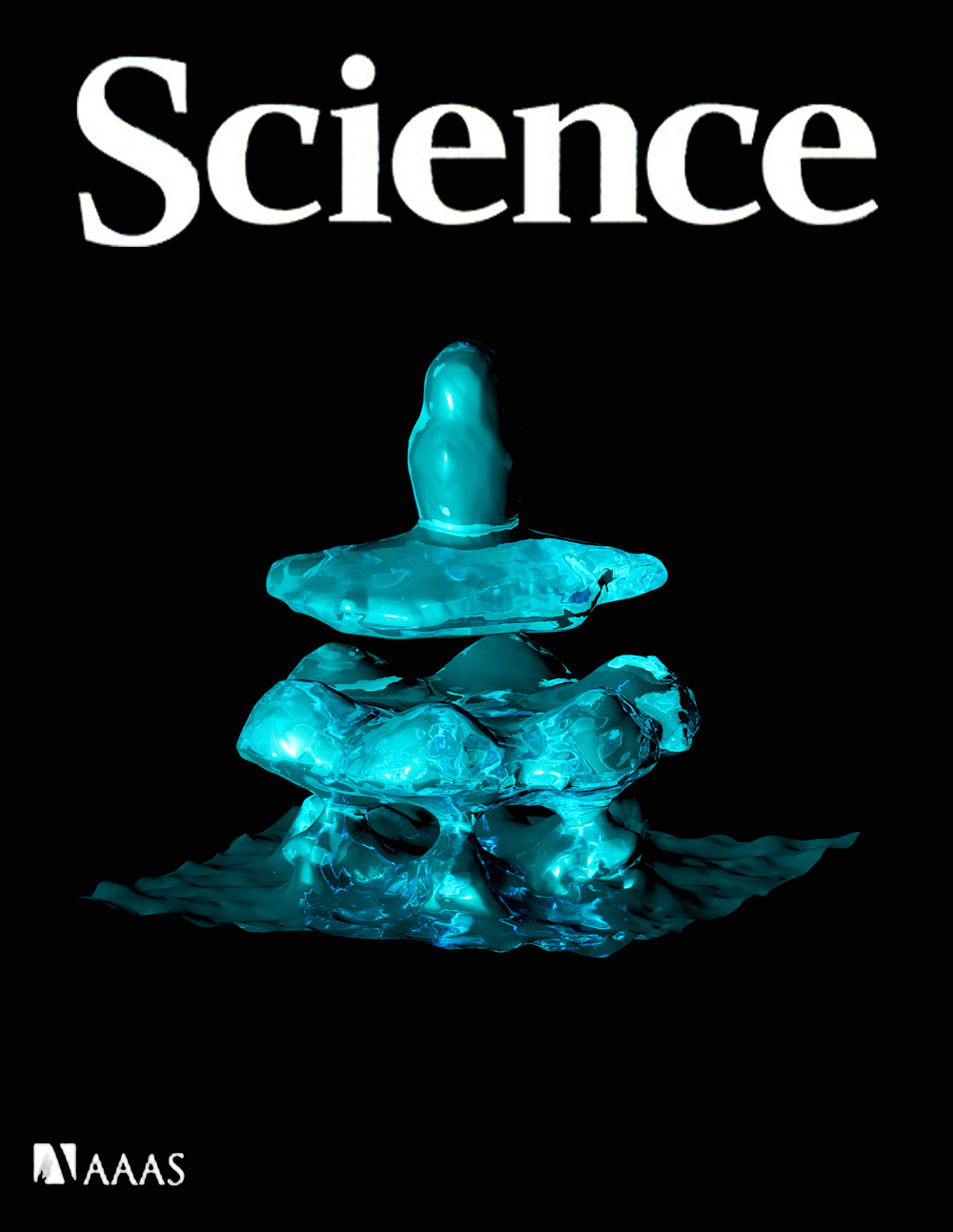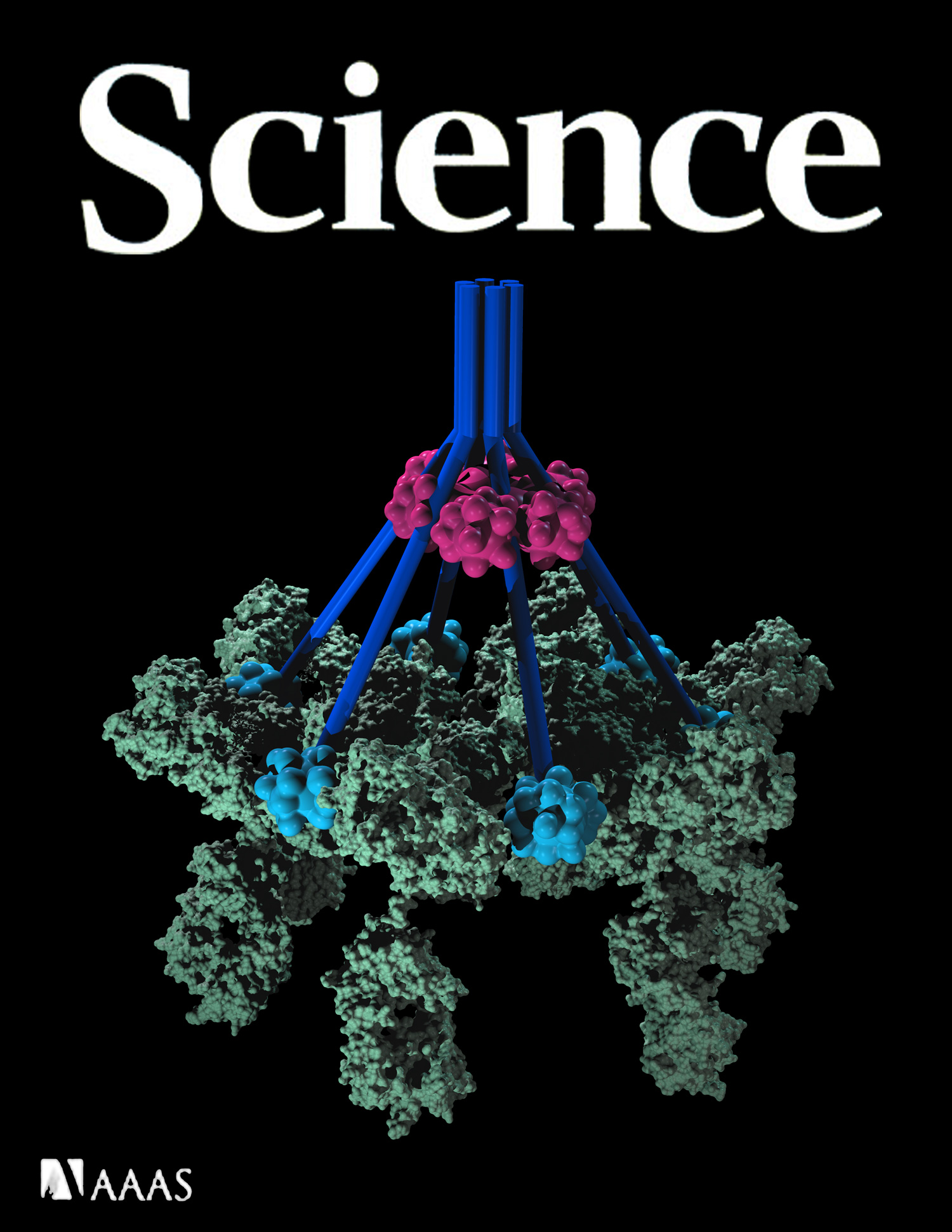Virtual lab tour live!
Recently we made a virtual lab tour for Genmab, which develops therapeutic antibodies to treat cancer. The movie includes 3D animation to visualize their complex production process. This movie was produced in close collaboration with Hij&Ik Productions, Geurt van Hierden and Rutger Molenkamp. Project lead, art direction, script, storyboard - SCICOMVISUALS Direction, camera, sound,



